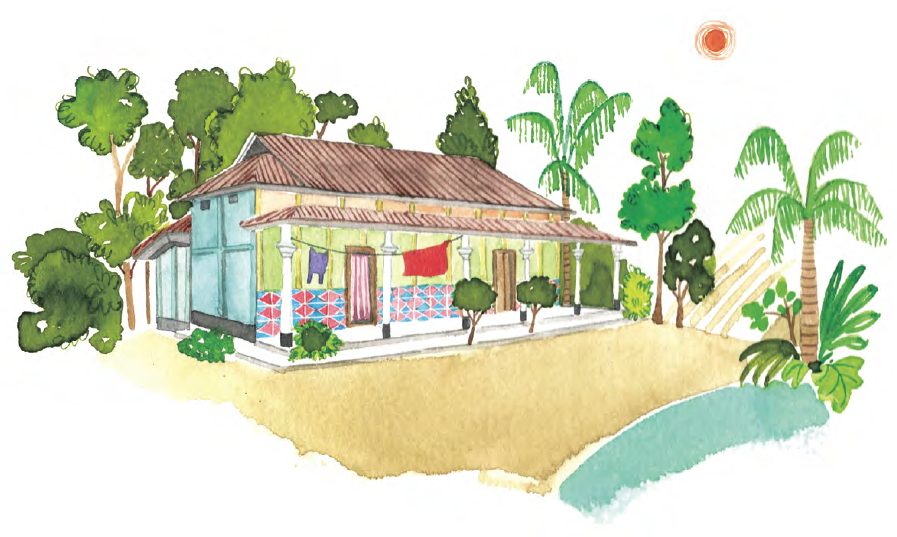The Joy of Making
This is the introduction to my new book, Mr Shaha’s Marvellous Machines
I was born in a little village in Sylhet, Bangladesh. Back in 1973, there was no electricity or running water, but there were lots of wide-open spaces to run around in, a massive pond to swim in, and no shortage of ways for a child like me to have fun. My family grew most of their own food and made lots of the everyday things they needed for themselves, including clothes, baskets, toothbrushes, and hand fans for keeping them cool. They had to know how to make, mend, and maintain a lot of things, because they didn’t have the convenience of supermarkets or the internet. Of course, they had to buy some things, like medicines and the cast-iron water pump at the bottom of the hill, but they were experts at recycling and re-using things like glass bottles and plastic bags, which they couldn’t make for themselves.

When I came to England, I missed my grandparents, aunties, uncles, and cousins. But I also missed some of the delicious fruits that used to be abundant, like mangoes, jackfruits, and boroi, a small berry that was deliciously sour when dried. My favourite fruit is the lychee, and once we came to England, it was a real treat to have just three or four of the small, fragrant, juicy fruits a year. I remember going back to Bangladesh as a ten-year-old and feeling like I’d won the lottery when someone handed me a whole bunch of lychees straight from a tree. There’s another reason why I love lychees — they always remind me of an older cousin who showed me something amazing to do with them after eating the flesh. He took one of the seeds from the lychees we had just eaten, and using a hammer and a nail, he carefully made a small, deep hole in the top of it. He then took a matchstick and pushed it into the hole so that it stuck firmly. Finally, he gripped the matchstick between his thumb and forefinger and gave it a quick flick, setting the seed whizzing around on the table. He had made a spinning top and shown me my first home-made toy.

A spinning top is a fun and interesting thing to play with, but what I found really special was the way my cousin had taken an everyday object that was destined for the bin and transformed it into something delightful. Over the years, I’ve come across many other examples of simple toys that can be made from things you might have lying around the house. The joy to be had from such toys isn’t just from playing with them, but from making them. It is tremendously satisfying and empowering to make your own rubber-band powered boat or balancing bird instead of buying it from a shop.
I’ve included some of my favourite home-made toys as the ‘marvellous machines’ in this book. Strictly speaking, a ‘machine’ is something that does something useful or makes things easier for us, like a car or a vacuum cleaner. But I think that the contraptions and toys in this book provide fun and wonder — and that this also makes them useful. It’s not just the finished product that’s useful; the process of making these machines, and getting them to do what they’re supposed to, will help you understand how they work in a way that simply playing with them wouldn’t.
There are other benefits to making things for yourself, including developing your creativity, scientific thinking, problem-solving, and practical skills. I think we all have an innate desire to make things, but often lack the opportunity to do so in the modern world, where so much of what we consume and use is made for us. I don’t want to make any promises, but constructing the ‘marvellous machines’ in this book might just bring you joy in ways you haven’t imagined, and make you better equipped to go out and help the world with your own ideas and skills.
If you’ve found the above interesting, please buy the book and help spread the joy of making!

Sounds wonderful Alom. Looking forward to your new book, something I will do with my son.